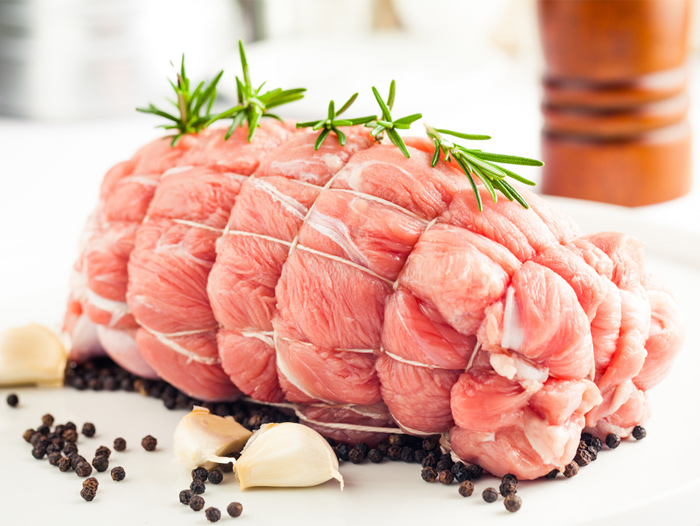Stop Apologizing for Pork: Flavor is the Way Forward
March 13, 2024 | 1 min to read
At the Illinois Pork Expo, Steve Meyer, chief livestock economist at Ever.Ag, highlighted a cautious optimism in the pork industry, citing lower input costs and improved demand, yet emphasized that profitability hinges on marketing, among other factors. Despite a competitive price point, pork sales remain stagnant, contrasting with other proteins like beef and chicken. With pork being the only deflationary protein, urgent strategies are necessary to rebuild market share and fulfill consumer demand.

At the Illinois Pork Expo on January 30, Ever.Ag chief livestock economist Steve Meyer summed up the state of the pork industry: “Things are looking better, but not good.” As proof, he pointed out lower input costs, stronger wholesale demand, recovery in consumer-level demand and significant improvements in herd health. Restoring the industry to profitability will require a combination of lower costs, higher demand and lower pork supplies.1 While that’s all true, I think Meyer left out a critical component: marketing.
How did we get to this point? Well, pork producers have lost money for the last 14 to 16 months and packers have been only marginally profitable. While beef and chicken have kept pace with inflation, pork has not. Pork is the only deflationary protein.2
Since pork is relatively inexpensive, you’d think this would be a time for pork to thrive. Traditionally, when pork is a competitive value, pork sales go up. This time it hasn’t, as demand for pork is soft or declining. Unlike the supply of beef, pork is readily available and consumers are still shopping for protein. That begs the question: Why aren’t we building share?
To read the rest of the story, please go to: Midan Marketing
